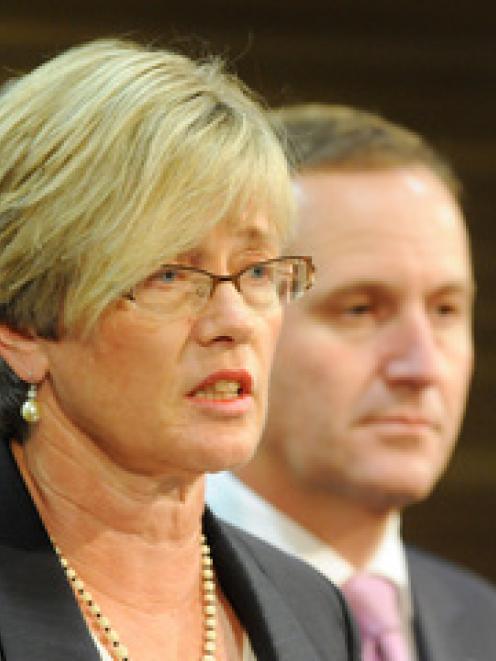
Building and Construction Minister Maurice Williamson yesterday announced the Government and local authorities would each contribute 25 percent of the agreed repair costs, with the homeowner picking up the remaining 50 percent.
The Government's contribution was estimated at $1 billion, and Auckland Mayor John Banks said the bill for the greater Auckland region -- where 75 percent of leaky homes are located -- was also expected to be about $1 billion.
Ms Prendergast did not estimate what it would cost the Wellington region but said claims already settled through other means were costs "significantly less" than what the 25 percent contribution would total.
"But we believe we need to step up to the mark the same as the Government has agreed to," she said.
"Potentially it is going to mean a greater burden (on ratepayers)."
Key mayors were briefed today ahead of yesterday's announcement, and a May 31 deadline has been set for majority acceptance for it to proceed.
Mr Banks and Ms Prendergast were "confident of a buy-in".
Local authorities had proposed the same 25-25-50 split to the previous government, which had rejected it, Ms Prendergast said.
"So it is something that we have been working to for some time and it's why we're so delighted that this Government has listened and come up with a package pretty much where local government was coming from several years ago," she said.
Not all leaky home owners will be eligible for the package; a PricewaterhouseCoopers report last year estimated that 22,000 to 89,000 homes could be affected given the time period, with 42,000 likely to be leaky based on design and materials. Only about 3500 had been repaired.
Only homes flagged as leaky with the Department of Building and Housing within 10 years of being finished would be eligible. A home built in 1995 but notified to the department as being leaky in 2003 would be covered but one built in the same year and not notified would not. Notifying the department effectively "stopped the clock".
Based on some missing the 10-year qualifying period, officials estimated 23,500 would be eligible for today's package -- leaving possibly tens of thousands to pursue other options.
Mr Williamson said while it was hard for those not covered, there had to be a cut-off.
The announcement received a positive response from the banks and the Building Industry Federation.
The New Zealand Bankers' Association, representing all the main retail banks, said that while no commitments had been made its members were keen to work with the Government on the details of the scheme.
"Member banks have agreed to set up a joint industry and government working group to do so," said the association's chief executive Sarah Mehrtens.
The Building Industry Federation said the financial package was a base for moving forward.
"Our manufacturing and supply chain looks forward to working with the Department of Building and Housing and other sector interests to make this package work," said chief executive Bruce Kohn.
"The essential factor is to get some certainty in the process. This package contributes to that."












